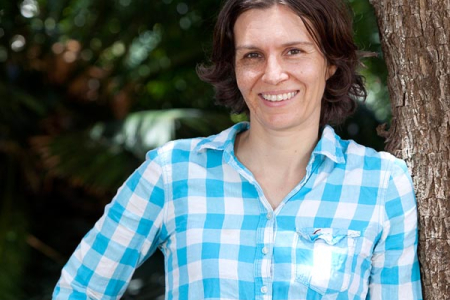Air-con not the cool option in high density cities
A new Charles Darwin University study has found that air-conditioners are starting to lose their effectiveness in combatting heat stress in high density population areas.
The study, led by CDU Northern Institute Senior Research Fellow Dr Kerstin Zander, focussed on urban Philippines and investigated perceptions that heat stress increased with population density.
Published online recently in Environmental Research Letters the study found that more than 90 per cent of those surveyed had experienced heat stress and the level of heat stress correlated with population density.
Dr Zander said heat stress could harm people’s health, impair well-being and reduce productivity.
“As well as increasing the chance of disease, heat stress can also lead to substantial economic losses through reduced labour productivity and higher levels of work-related accidents,” Dr Zander said.
“Add to this increased energy demand and the link between heat stress and more crime, and the need to improve the capacity of the urban population to cope with heat becomes very apparent.”
The study found that the most readily available solution to heat stress, the air-conditioner, did not provide as much relief to high density population areas as less populated areas.
Dr Zander said this was due to two key factors.
“Firstly, in cities such as Manila, people spend a longer period of the day in hot environments such as non-air-conditioned offices and during long commutes to and from work,” she said.
“This means even when at home in an air-conditioned environment, it takes a long time to feel comfortable.”
“Secondly, overcrowded residential areas have higher heat and moisture levels, reducing the effectiveness of air-conditioning.
“Also in play is the proposition that widespread use of air-conditioning could be reducing people’s ability to handle the heat.”
The study raised the need for heat mitigating planning and building strategies to avoid unintended impacts on the poorest members of society.
She said the gentrification of city areas elsewhere, through the creation of more cooling green spaces, had seen rents and property prices rises.
“This could result in poorer people being pushed into cheaper areas with potentially longer commutes and even more heat stress,” she said.
The study suggests alterations to housing might be a more equitable solution to avoid the burden of climate changes being felt most by the poorest segment of a city.
To read the full paper please visit W: iopscience.iop.org/article/10.1088/1748-9326/aad2e5
